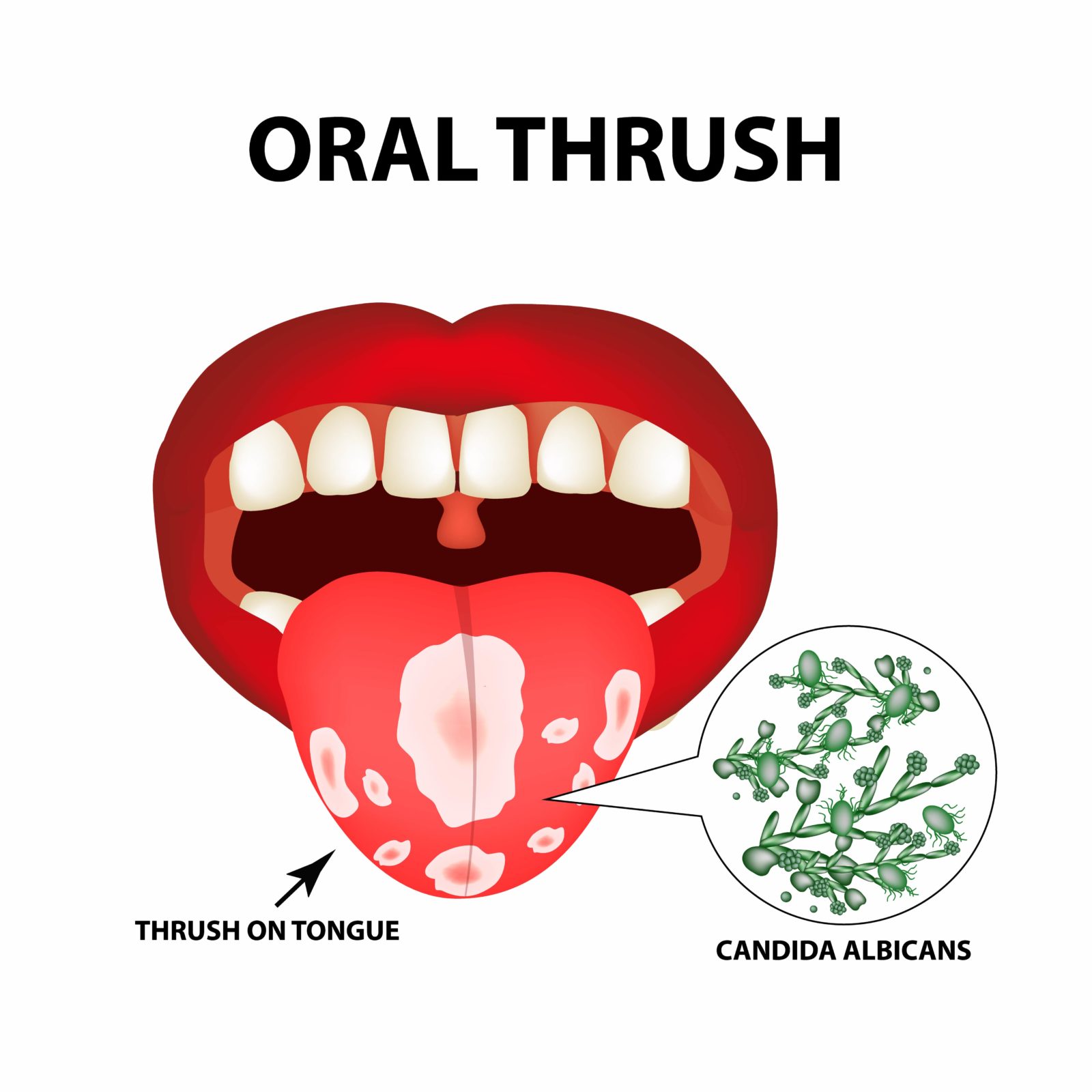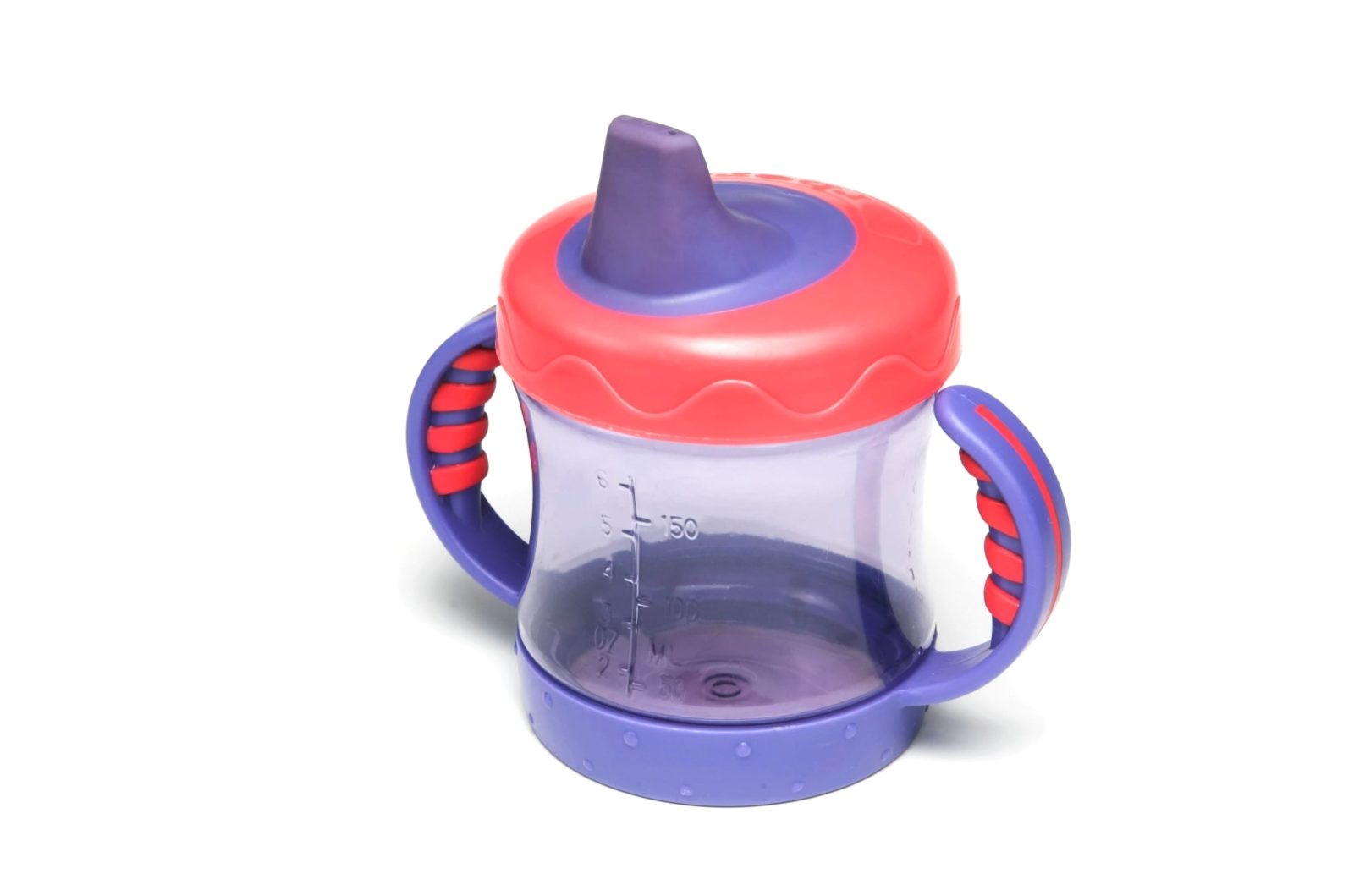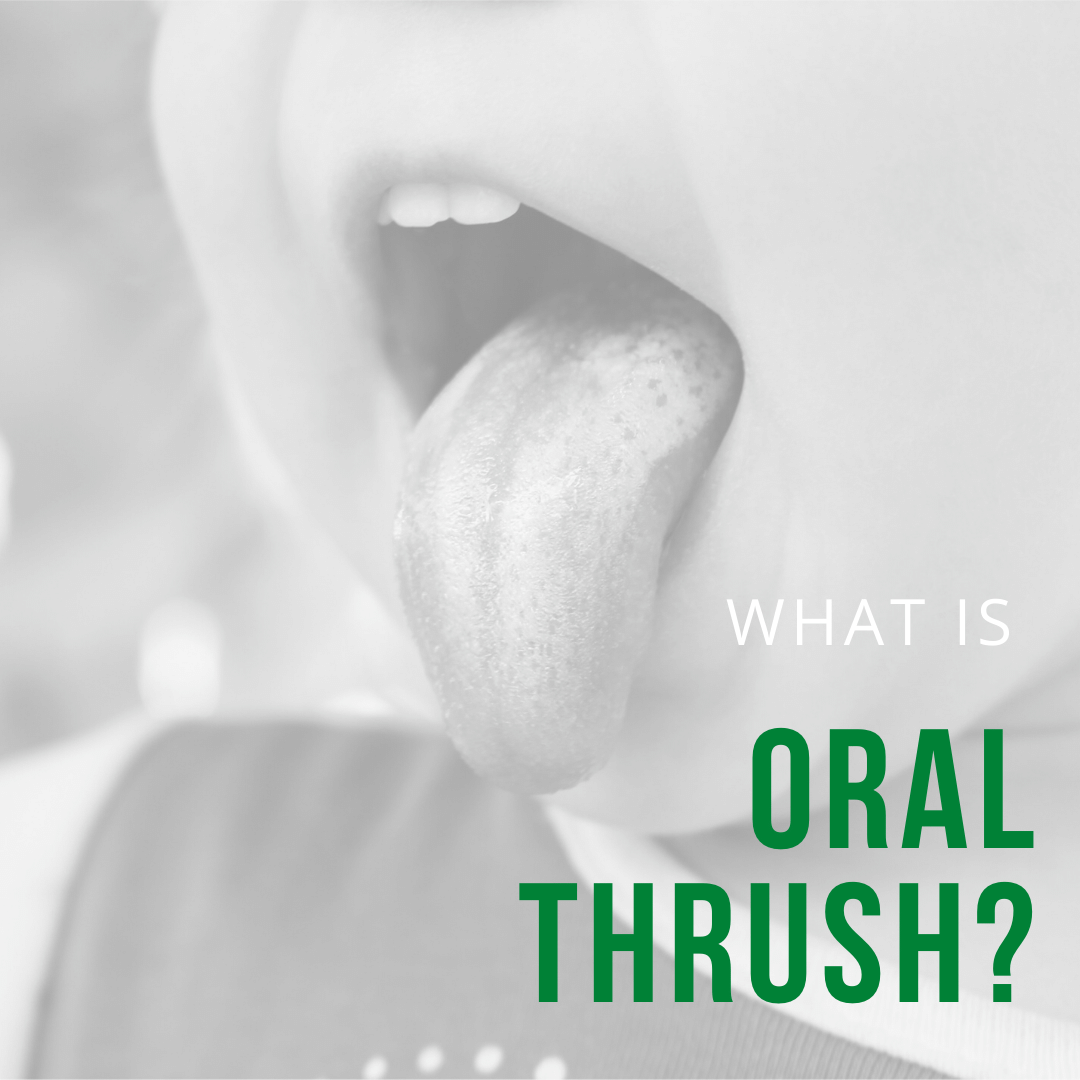While tooth decay and gum disease are common dental issues that can negatively affect your child’s oral health, they are not the only threats. Both tooth decay and gum disease are the result of excess bacteria accumulating on the tooth enamel or along the gum line. In addition to containing naturally occurring bacteria, the mouth also contains different types of fungi. Just as increased levels of bacteria can cause tooth decay and gum disease, increased levels of fungi can also lead to a fungal infection.
The most common type of fungi found in the mouth is known as Candida albicans, which is responsible for causing a fungal infection known as Candidiasis, or oral thrush. The Candida albicans fungus is a type of yeast fungus that is naturally found in the mouth, throat, and gut. Although it is naturally-occurring, when too much of the fungus is produced it can lead to fungal growth inside the mouth and sometimes throat. When the infection is contained to the mouth, it is known as oral thrush, however if it migrates to the throat it becomes known as oropharyngeal candidiasis.
Your child may have oral thrush if you notice any of the following symptoms:

- White or yellow patches that form on the tongue, tonsils, gums, lips, or inside of the cheeks
- Bumps within these patches that bleed easily when touched
- Dry, cracked skin in the corners of the mouth
- Complaints of soreness or burning in or around the mouth
- Babies are often irritable and have problems with feeding
Although oral thrush can occur at any age, it is commonly seen in children. Oftentimes, most children develop oral thrush when they are not even one month old. This can occur for two main reasons. The first is that babies do not have a fully developed immune system and are more susceptible to developing infections of any kind. Second, it is possible for the nipples to become infected with oral thrush, which then passes the infection to the infant. In some cases, breastfeeding women may not even be aware that they have a fungal infection.
Luckily, oral thrush can be easily treated in both breastfeeding mothers and their babies. Regardless of who is infected, it is generally recommended for both the mother and baby to receive treatment in order to eliminate the infection and prevent its return. In most cases, treatment for oral thrush consists of antifungal medications and creams for mother and baby. Additionally, breastfeeding mothers are advised to keep the nipples dry and clean between feedings to prevent fungal growth. It is also recommended to sterilize bottles, pacifiers, and anything else the child puts in their mouth.

While oral thrush predominantly affects young infants who are still breastfeeding, it is possible for toddlers to become infected as well, especially if the child has a compromised immune system. When toddlers are affected by oral thrush, the culprit is usually moldy sippy cups. Since sippy cups provide a moist and warm environment, they provide an ideal environment for mold. Mold growth can also occur in teething toys or any toy that the child frequently puts in their mouth. Basically, anything that can trap moisture has the potential to grow mold.
While it is possible to prevent mold from growing in sippy cups with proper cleaning, certain designs can make it difficult or impossible to properly clean every part of the sippy cup. Unfortunately, it is these places where mold growth tends to occur. For this reason, it is generally recommended to replace any sippy cups or toys that have become excessively worn and/or are unable to be thoroughly dried and disinfected. This decreases the risk of mold growth, which decreases the risk of your child developing oral thrush.






